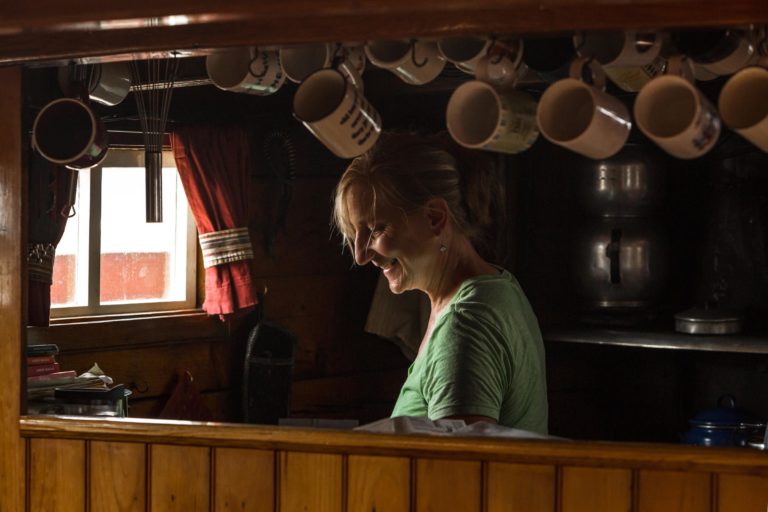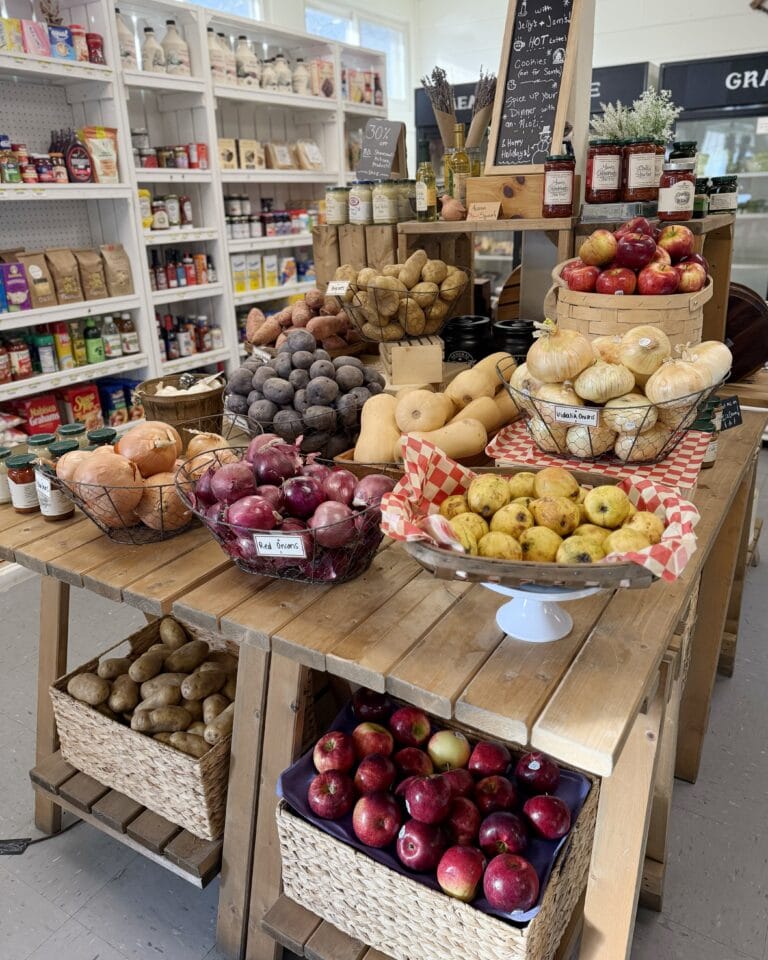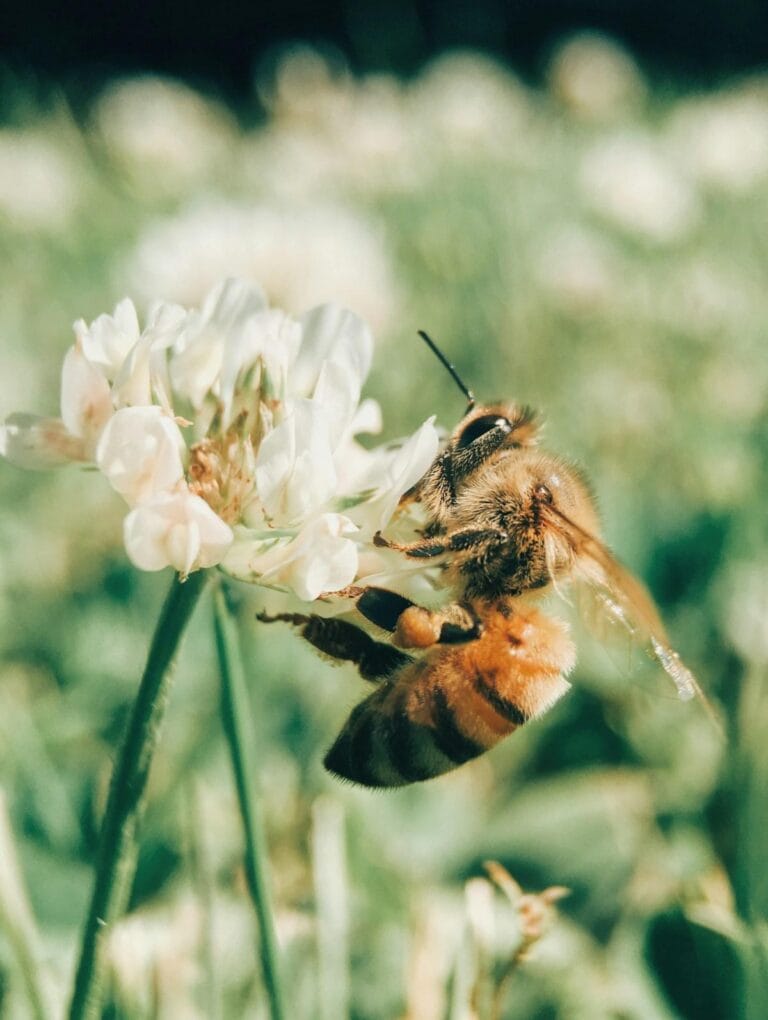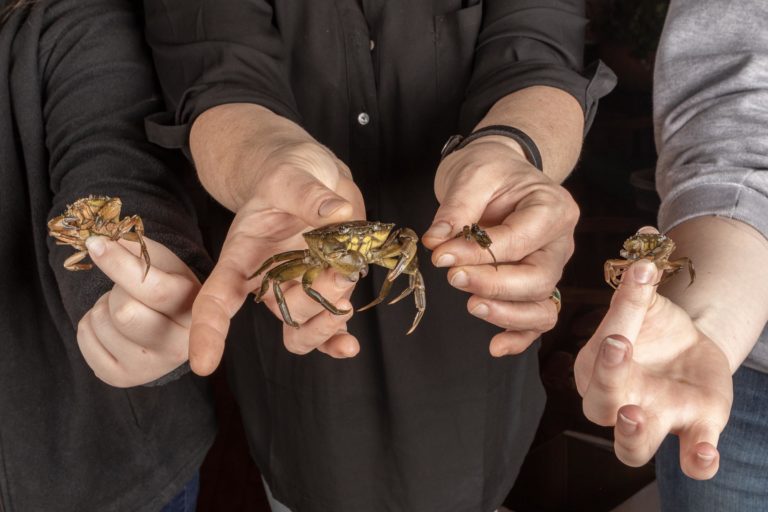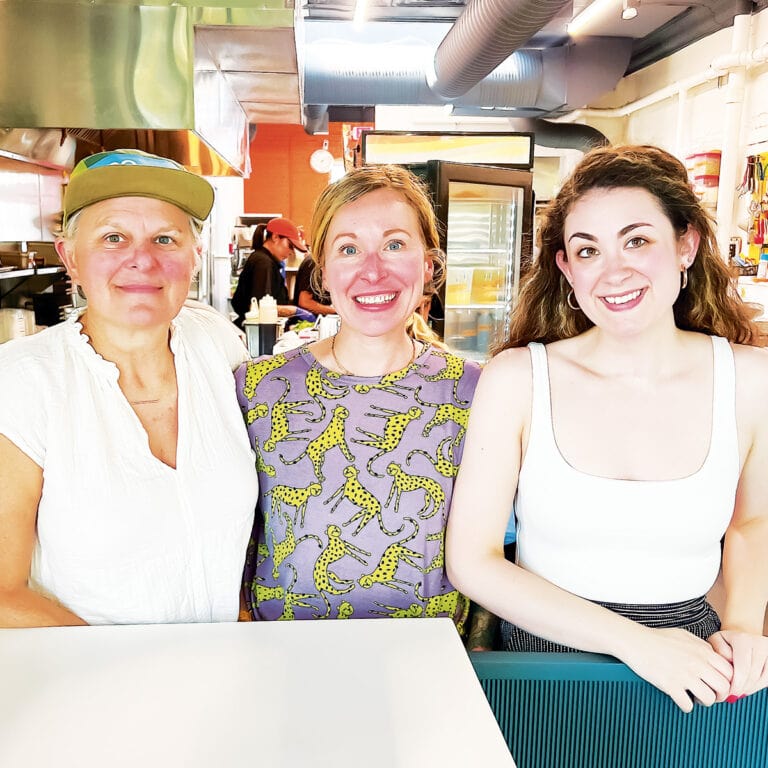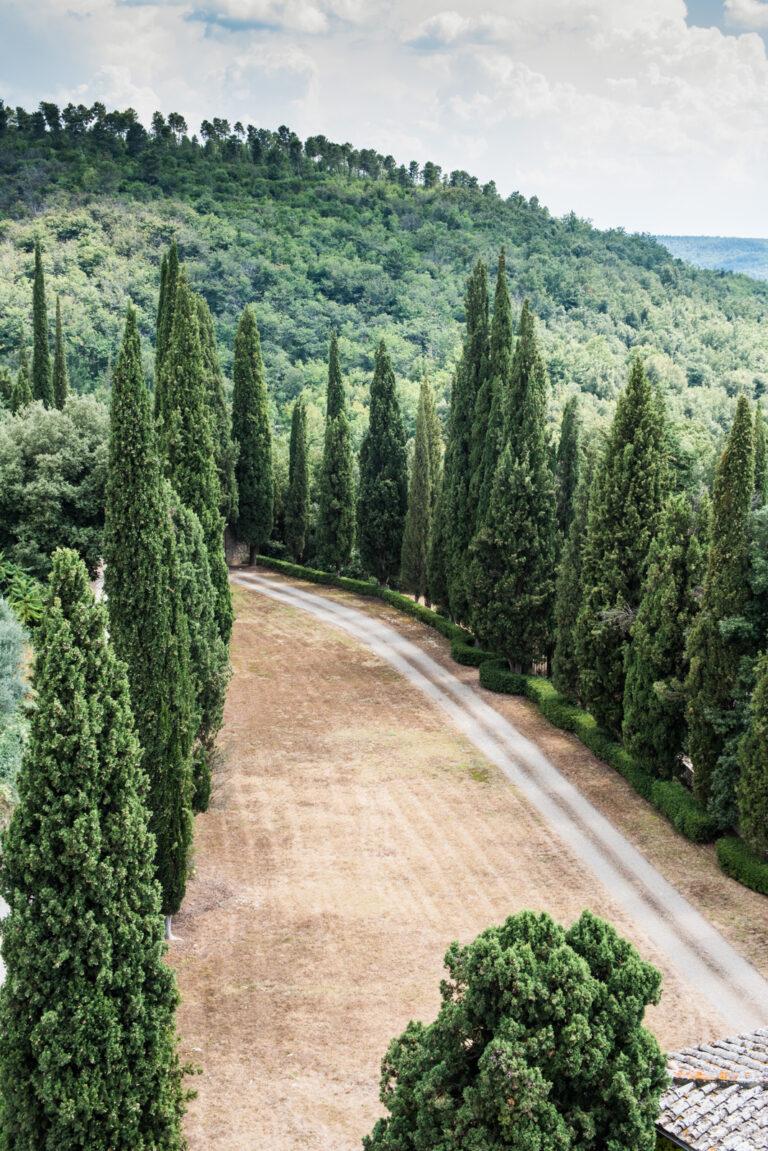“Come, Boss! Come, Boss!” calls out Robbie McLintock, herd manager at Aldermere Farm in Rockport, to the herd of Belted Galloways as they trot in from pasture. These black-and-white “Oreo cookie cows” have endeared themselves to locals and tourists alike: Each year, thousands of people drive by the farm on Russell Avenue to admire the Belties, their distinctive pattern a striking visual against the rugged Midcoast landscape.
While undeniably attractive, these cows—raised primarily for beef—offer much more than looks. Originally bred in the mountains of Scotland, Belted Galloways are exceptionally hardy cattle that can withstand severe weather, making them an ideal match for Maine’s harsh winters. This characteristic is what inspired Albert Chatfield, who inherited the farm in 1950, to start what is now the oldest continually operated herd of Belted Galloways in the United States.

Following Mr. Chatfield’s death in 1999, he bequeathed the farm to the Maine Coast Heritage Trust (MCHT), one of the state’s largest land conservation organizations. Despite its transition from private land to public preserve, many of the founding principles of Aldermere are the same today as they were almost 75 years ago: “The inception of Aldermere was based on soil conservation, and that’s a key mission that still guides our work and remains our long-term goal,” says Aaron Englander, MCHT’s associate director of stewardship at Aldermere Farm and neighboring preserve Erickson Fields, where fresh produce for the community is grown.
Soil conservation has been a priority since the earliest agricultural civilizations, but the Dust Bowl era of the 1930s fueled the movement in the United States. The massive dust storms that blew across the Great Plains, devastating farms and families, were the catalyst for the nation’s first permanent soil conservation agency, eventually renamed the Natural Resources Conservation Service (NRCS). Shortly after, local soil conservation districts were created to focus on promoting healthy soils nationwide.
The writings of Louis Bromfield, an early advocate of soil conservation, inspired the Chatfields as they began to practice progressive agriculture at Aldermere. They restored the farm through systematic grazing, soil building, and judicious woodlands management and permanently protected the land’s beauty and ecology. “Aldermere thrived and became what it is because of the Chatfields,” says Englander. “They passed it onto the land trust and opened it to the community to spread its impact further.”

Today, Aldermere and Erickson use regenerative agriculture to protect and enhance soil structure, increase microbial life, and add stable forms of nutrients back into the soil. This includes no or minimal tilling, cover cropping, intercropping, rotational grazing, composting manure, and integrated pest management. These techniques improve the soil’s ability to store carbon, which has garnered excitement for the potential of agriculture to transform from a practice that contributes to atmospheric carbon to one that sequesters it.
Just as soil is an interconnected community of living, breathing organisms, the farm’s work cultivates its own community through food assistance, programming, education, and simply offering places for people to be outside. Both preserves are home to agricultural youth programs that give kids firsthand experience working with animals and growing and harvesting produce. “Where we shine is education and outreach and getting young people involved in farming and exposed to all that it takes to raise crops and raise an animal, and having that authentic experience amidst a very technological age,” says Englander.
Thousands of pounds of produce and beef are distributed to food pantries and shared tables each year. Aldermere and Erickson host programs and workshops that give people the tools to use regenerative agriculture in their own gardens and on farms. But none of this happens in isolation—it involves collaboration with multiple outreach partners throughout the region, including the University of Maine Cooperative Extension and the Knox County Gleaners, which helps farms harvest surplus crops for food security initiatives. “One of the most rewarding parts of my job is working with a diversity of community partners,” says Joelle Albury, outreach & office manager at Aldermere. “It boosts all of our individual mission work.”
That work sometimes involves joint efforts with environmental organizations such as the Knox-Lincoln Soil & Water Conservation District (KLSWCD), a partner of the NRCS and one of 16 districts in Maine helping to manage local natural resource issues. Louisa Crane, who previously worked at Erickson Fields as part of their food-producing Teen Ag crew in 2014, pursued environmental studies at Wellesley College and is currently the program coordinator for the KLSWCD. “Teen Ag helped me see the connections between food systems, conservation, and ecology,” says Crane. “It was a pivotal experience, sending me the direction I’m in today.”

Crane’s work at the KLSWCD focuses on K-12 education and outreach, conservation trainings and certification programs, and site visits to address various conservation concerns, one of the biggest in the region being invasive plant management. The KLSWCD’s free Conservation Landscape Certification Program offers guidance on invasive species control, as well as providing food for biodiversity and a wide range of other conservation practices. Crane has even provided invasive plant management plans for Aldermere and Erickson. “It was fun to go back and see the landscape through a different lens,” she says.
As Aldermere and Erickson evolve, their stewards remain focused on carrying the original vision forward while continuing to expand the farms’ relevancy. A recent $4.4 million capital campaign made essential infrastructure and equipment upgrades possible, and work is underway to increase inclusivity and accessibility to all people through improved signage; wider, hardened trails; and prioritizing food justice. “We are committed to agriculture and food security and community engagement, and being a part of a land conservation strategy,” says Englander. “My vision is for the farms to exist as community resources in perpetuity—for 50 years, 100 years, forever.”






